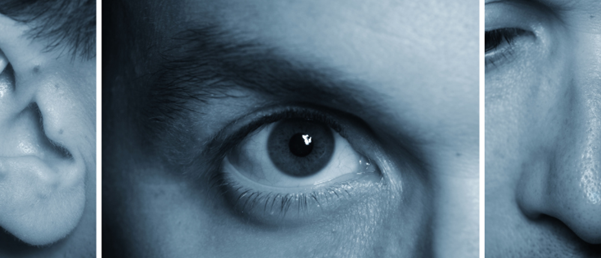
BioTechniques News
Aisha Al-Janabi

A new study investigated how proprioceptive sensory neurons (pSNs), the cells underlying the “sixth sense”, function.
Can you name all your senses? Touch, taste, smell, sight and hearing. What about the sixth sense? The sixth sense is the one we often overlook because we are totally unconscious of it – until we lose the ability to use it. Researchers at the Max Delbrück Center (Berlin, Germany) have explored the molecular basis of how proprioception, sensing body position in space, works in mice, revealing the molecular signatures associated with the pSNs that innervate the back, hindlimb and abdominal muscles. These findings could optimize neuroprostheses designs.
pSN cell bodies are found within the dorsal root ganglia of the spinal cords, which are connected to muscle spindles and golgi tendon organs via long nerve fibers. Muscle spindles and golgi tendon organs are responsible for registering and measuring tension and stress in the muscles. The pSNs can then relay information about the muscles to the CNS, allowing us to control our muscle activity and perform coordinated movements like drinking a cup of tea with our eyes closed. However, we didn’t know about the molecular makeup responsible for precisely assigning pSNs to muscles.
 Could microRNA expansion explain octopus brain development?
Could microRNA expansion explain octopus brain development?
Scientists find that cephalopods have an expanded number of microRNA families, which could explain how their complex brain developed.
The research team used single-cell transcriptomics to identify the genes that are translated into RNA in the pSNs associated with the back, hindlimb and abdominal muscles. They found that each muscle type had pSNs with different genetic characteristics; the molecular signatures associated with pSNs of the back, hindlimb and abdominal muscles were Tox and Epha3, Gabrg1 and Efna5, and C1ql2, respectively. These genes were active during embryogenesis and for a period after birth, indicating that there is a set genetic blueprint for instructing pSN–muscle connection and innervation.
Among other genes, they found genes encoding for ephrins and ephrin receptors. “We know that these proteins are involved in guiding nascent nerve fibers to their target during development of the nervous system,” commented Stephan Dietrich, first author of the study. For example, mice that couldn’t produce ephrin-A5 had impaired connections between their pSNs and rear leg muscles.
“The markers we identified should now help us further investigate the development and function of individual muscle-specific sensory networks,” suggested Dietrich. “With optogenetics, for instance, we can use light to turn proprioceptors on and off, either individually or in groups. This will allow us to reveal their specific role in our sixth sense,” added senior author Niccolò Zampieri.
The future of this work is thought to be aimed at neuroprostheses, helping individuals with spinal cord injuries regain their proprioception. Proprioception has also been implicated in skeletal health, with researchers projecting that dysfunctional proprioception, and therefore altered muscle tension, play a role in scoliosis development.
The post Revealing the molecular markers of our sixth sense appeared first on BioTechniques.
Full BioTechniques Article here
Powered by WPeMatico
